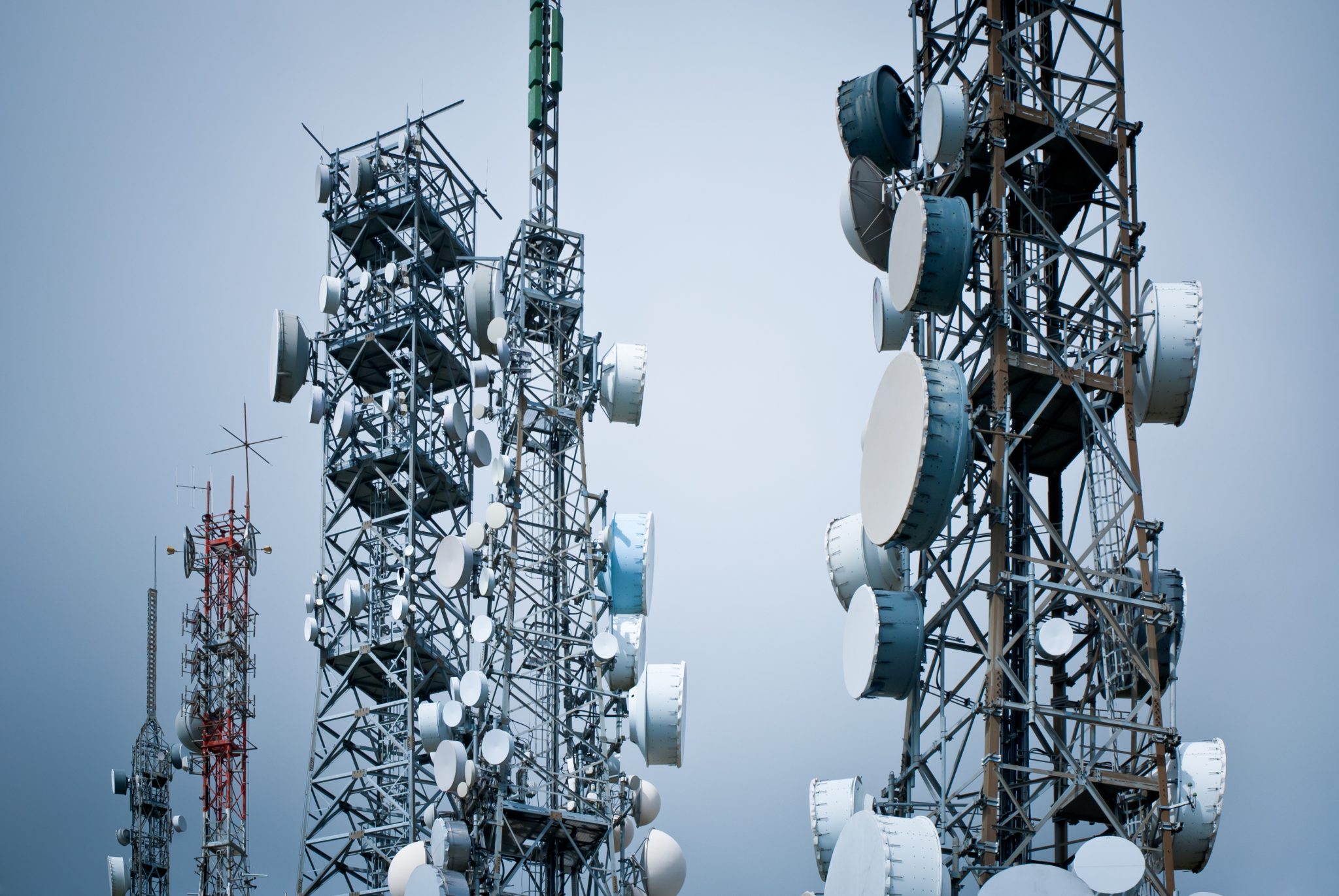If you've ever wandered through a town you might have noticed tiny cell towers for 5G on the poles of street lights. They look like small boxes, but they're actually broadcasting wireless signals from cellular providers to your phone.
The smaller ones are being replaced by the larger specially-designed cell towers. While they're not as noticeable however, they could create problems for those who live nearby.
A Federal Communications Commission's Radiation Exposure Thresholds
The FCC's Radiation Exposure Thresholds establish the safe distance that an individual can be exposed to electromagnetic radiation from wireless devices. Go to the website of exposure are based on research which show that the energy of RF could be harmful to human health.
The rate of absorption called the specific absorption rate (SAR) is an indicator of the amount of radiofrequency energy absorption by tissues. https://nonon-centsnanna.com/members/fifthgarden0/activity/150987/ is typically 1.6 milliwatts per kilogram spread over a kilogram of tissue.
However, because 5g transmits at higher frequencies and has the potential to cause greater energy intensity on the skin and other exposed body parts. This could lead to many possible harms, such as an increase in appearance of skin disorders such as dermatitis, skin cancer and cataracts.
Because of the potentially severe effects of 5g radiation, PSU has chosen to create a general maximum power density of four MW/cm2 averaged over 1 cm2, and never to exceed 30 minutes for the entire 5G spectrum at 3000 GHz. This localized limit is in accordance with the peak spatial-average SAR of 1.6 W/kg, which is averaged over 1 5 grams of body tissue, at 6 GHz.
The FCC's Maximum Exposure Thresholds
Have you ever used a mobile phone, then you've probably realized that the safest distance from the tower is around 400 meters away. This is because the power of the transmission of cell towers increases drastically the farther the tower is.
While this sounds like something that's good but the truth is that those living close to towers could be more susceptible to health problems. For instance, a 2014 study in India found that residents who lived within 50 meters of cell towers had much more health problems than those who were distance from them.
This study revealed that those who relocated to areas that were further from the cell towers saw their symptoms improve within a couple of days. Another study has demonstrated that exposure to extreme levels of radiofrequency electromagnetic fields (EMFs) can lead to cancer, brain tumors, and other health problems.
This is because RF radiation, which is used in wireless communication, can penetrate the human body's exterior layer, called the skin. It is crucial to know because the skin acts as a protective barrier against injuries caused by mechanical forces, infections by pathogenic microorganisms, and the entry of harmful substances. The skin is the most important organ in the human body. It is accountable for keeping the integrity of other organs.
The FCC's Minimum Exposure Thresholds

The FCC's Minimum Exposure Thresholds rely on numerous assumptions that are not supported by evidence from science. They include the incorrect belief that short-term exposures RF radiations are not harmful because of the minimal penetration into the body (i.e. thermal heating of tissue).
This also overlooks the deeper penetration of the ELF elements of modulated radio signals and the consequences of brief bursts of heat generated by RF waves that are pulsed. These assumptions are not in line with the current understanding of biological effects of RF radiation. As such they shouldn't be relied upon for health-protection exposure guidelines.
In addition there is the fact that both ICNIRP and FCC are limiting the maximum limits of exposure to peak local SARs that are based on the maximum frequency of absorption (psSAR) that is not a reliable dosimetric instrument to assess the amount of exposure to RF radiation. Particularly it is inconclusive for frequencies above 6 GHz. In addition, psSAR is not been evaluated for RF radiation that is exposed to other agents of the environment such as sunlight. The interactions of RF radiation with other environmental agents may cause synergistic or antagonistic impacts. This would result in an increased risk of negative health consequences. For example, co-exposure to RF radiation along with exposure to sunlight can increase the risk of skin cancer and exacerbate other skin disorders, such as acne.
